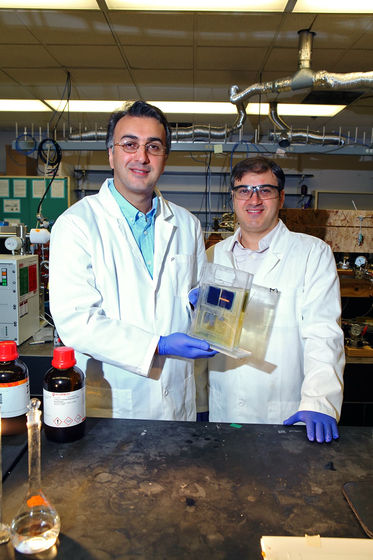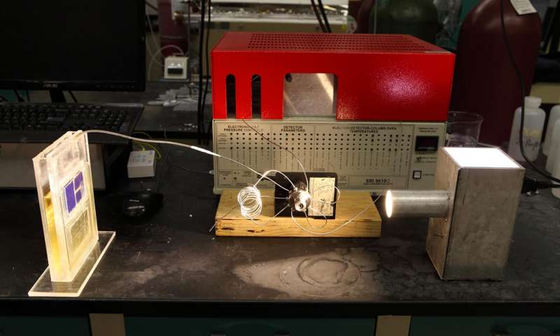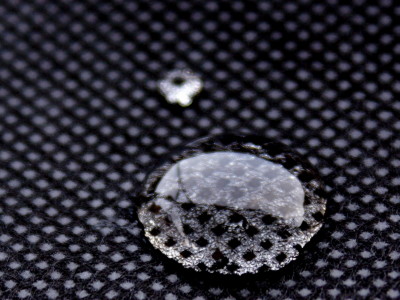Innovative solar cell that can turn carbon dioxide into fuel by sunlight alone

ByThomas Kohler
A researcher at the University of Illinois at Chicago (UIC) has developed and applied for a patent on cheap and innovative solar cells that can convert carbon dioxide in the air into hydrocarbon fuel with only sunlight.
Nanostructured transition metal dichalcogenide electrocatalysts for CO2 reduction in ionic liquid | Science
http://science.sciencemag.org/content/353/6298/467
Breakthrough solar cell captures CO2 and sunlight, produces burnable fuel | UIC News Center
https://news.uic.edu/breakthrough-solar-cell-captures-co2-and-sunlight-produces-burnable-fuel

Solar cells convert sunlight into electricity and store it in batteries, but the new solar cell designed this time can convert carbon dioxide in the atmosphere into fuel, and it can solve two problems of energy problem and calculation of carbon dioxide It can be solved at once. In solar farms etc. where a large amount of solar cells are installed, it is expected that a considerable amount of carbon dioxide can be converted into fuel.
Amin Salehi-Khojin, a member of the research group and assistant professor of machine production engineering at UIC, said, "The new solar cell is not just a photovoltaic cell, it is photosynthesis.Therefore, by firing fossil fuels and converting greenhouse gases It was only in one direction to discharge it, but with a new solar cell this process can be reversed and carbon dioxide in the atmosphere can be recycled to fuel. " Although plants produce energy in the form of sugar, new solar cells produce syngas in which hydrogen gas and carbon monoxide mix. Synthesis gas can be directly burned and used, it can also be converted to diesel fuel or other hydrocarbon fuels.
Salehi-Khojin is the man on the left side of the photo.

Various catalysts have been studied as a method for reducing carbon dioxide, but "catalyst conversion is inefficient so far and must depend on expensive precious metals such as silver" "Salehi-Khojin says. Salehi-Khojin, along with his colleagues,Transition metal dichalcogenide(TMDC) "focusing on nanostructured compounds. As a result, the most excellent catalystTungsten diselenideIt turned out that it turned out to be.
"The tungsten diselenide is a more active catalyst and it can break more chemical bonds of carbon dioxide," says Mohammad Asadi, the lead author of the article. In fact, tungsten diselenide is 1000 times faster than conventional noble metal catalysts, and the cost seems to be one twentieth.
It is a model of a new solar cell that is reflected in the following picture. In order to prevent oxidation of the active site of the catalyst,1-ethyl-3-methylimidazolium tetrafluoroborateI used an ionic liquid divided by water and 1: 1. The cocatalyst system of tungsten diselenide and ionic liquid was used on the cathode side, and the cobalt oxide in the potassium phosphate electrolyte was used on the anode side. When light of 100 watts per square meter hits the solar cell, hydrogen gas and carbon monoxide gas are generated from the cathode.

Salehi-Khojin says, "Because the atmosphere of Mars consists mostly of carbon dioxide, this solar cell can be considered very useful for mankind to migrate to Mars in the future."

ByConiferconifer
Related Posts:
in Science, Posted by darkhorse_log







